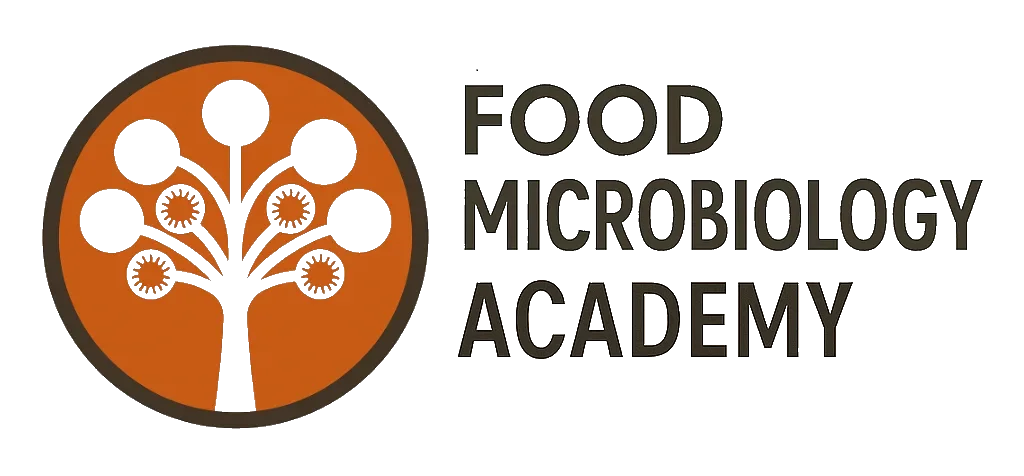In this second part of our five part series, we cover mainly cover critical control points (CCPs), with examples from dairy product manufacture. In particular, what CCPs actually, the relationship of hazards to CCPs, critical limits and how to monitor to ensure that critical limits and CCPs do not vary. The context presented is dairy, which includes the pasteuriser as the CCP, with many varied examples of where pathogenic microorganisms could enter raw milk and hence post a safety risk in manufacture dairy products. Examples such as milking equipment, bedding materials in the milking shed along with the animal itself, but normal and faecal flora, along with mastitis (including sub-clinical mastitis) pathogens.



